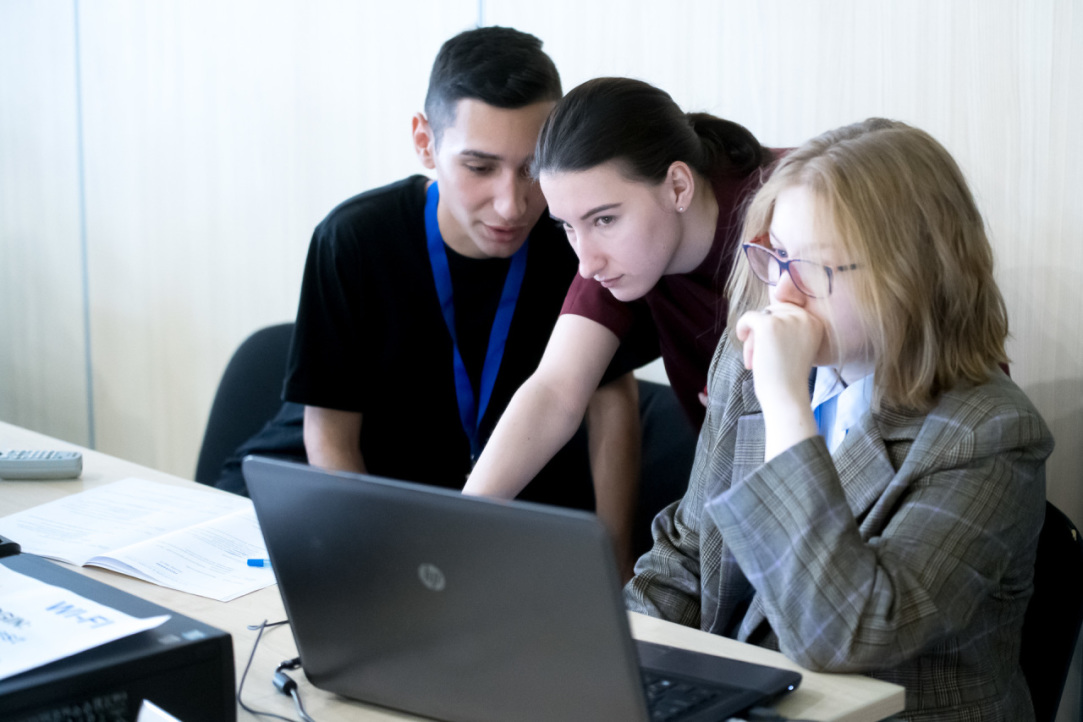HSE Fest, Day 3: Investments, Crowdfunding and MVP
The third day of the International University Startups & Spin-Offs Festival focused on investments: participants learned how to raise capital for their startups and engage in dialogue with investors. They also discussed crowdfunding.

How to prepare for negotiations with potential investors
Sergey Fradkov, General Partner at Startup Accelerator iDealMachine, spoke about funding sources for a young company. First of all, they include owner equity and financial support from relatives and friends. A secondary source are small profits that can be obtained from the pre-sales. Finally, startups should look for funding from accelerators and venture funds.
Mr. Fradkov also discussed how to prepare for a meeting with an investor. He identified four basic things: thoughtful presentation, a teaser (а video explaining what the investor will receive from 1 unit of investments), the main economic calculations, and the financial model of a startup. Remember that your company’s presentation, justification of investments, and the experience of your team may be really convincing.
How to make a presentation and what to say
Robert Neivert, Venture Partner of 500 Startups, answered these questions. He told audience members that much attention should be paid even to the first slide of a presentation, because even at this stage many make mistakes. The opening slide should contain only general information: company’s name, logo and a small subtitle, if necessary. It is at this moment that listeners decide whether they are interested or not.
Prepare a phrase in advance that will really catch the audience's attention. It has to intrigue and elicit an emotional reaction—this is the only way you will get your audience to keep listening.
Your subsequent slides should contain statistics—but not about financial performance. If you do not want to talk about statistics, explain how you see the potential of the market. Support your words with numbers, but do not use them too often. Remember that you are telling a story and not just showing figures.
At the end of the presentation, add a photo of the team and explain why you think you will succeed. Tell about the experience of each of your colleagues.
What gets measured gets managed
Oleg Amurjuev, Programme Director at York Entrepreneurship Development Institute, introduced the basic principles of financial modeling. In his opinion, all the necessary financial indicators can be fit into a single Excel file. Let this file have a sales plan, wage calculations, product costs, cash flows and so on.
At the practical part, the participants tried to compare which of the tools—lending or equity financing—would be more effective to use for the development of their projects. They analysed a large number of parameters, including monthly payments, risks, returns and profits for those who invest their funds, and presented the results in one table. The table helped to determine what was more profitable at this stage of business development.
The basics of crowdfunding
Crowdfunding helps you get financial support from a large number of people. Two of the most famous sites are indiegogo.com and kickstarter.com. In his lecture, Evgenii Dubovoi, CEO at Evapolar, outlined the algorithm for establishing a crowdfunding campaign.
The first thing you need to do is to study the basic information about a financing scheme, and compare it with your idea and plans. Then you should choose a platform. He recommends using one of the two mentioned above because they are tried-and-true.
Although indiegogo is more convenient to use, kickstarter has a better functionality. Next, write down a clear plan for your campaign. At this stage, you can use a special calendar from indiegogo—it has all the tasks for each day for two months mapped. Once everything is ready, you can run the project.
The speaker also mentioned that most of the projects tend to get feedback during the first and last 48 hours after being placed on the platform.
МVP or Minimum Viable Product
Ivan Gorshunov, Managing Director at VTB Bank, spoke about the types MVP which refers to a test product that a company launches on the market without having many expectations about it.
There are several main types of MVP. For example, there is that which a customer receives on pre-order for free or at a big discount in exchange for feedback, or there is one by which a company interacts with a customer as much as possible to solve their problem.
Do not get too ambitious—probe your product in test mode. That is how Uber and Snapchat started their journeys.

